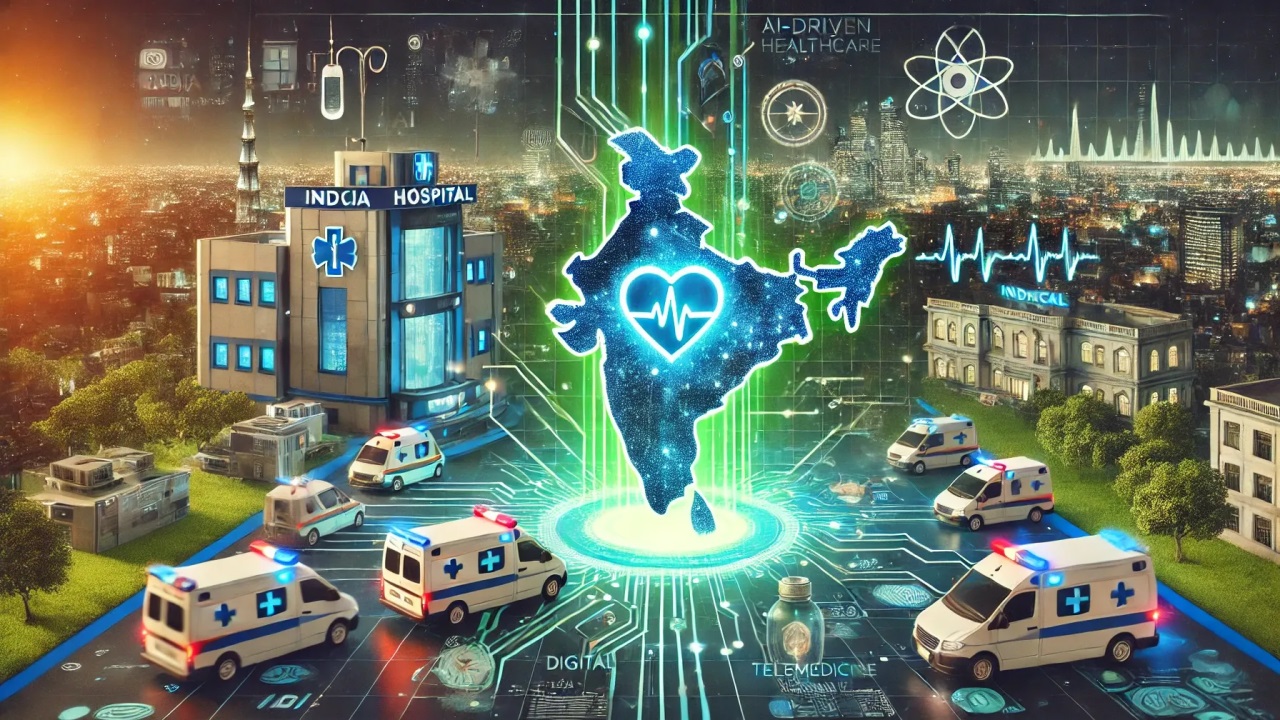Swachh Bharat Mission Urban 2.0
Context : Large cities have not removed any land in half of their legacy landfill sites since the Swachh Bharat Mission (SBM) Urban 2.0 was introduced; just 38% of the entire amount of deposited waste has been cleaned up to date.
Swachh Bharat Mission (SBM): Overview
Introduction:
- The Government of India launched the Swachh Bharat Mission (SBM) on 2nd October 2014, aiming to accelerate efforts towards universal sanitation coverage and bring a sharper focus on cleanliness.
- The mission has two components: SBM-Gramin, managed by the Ministry of Jal Shakti, and SBM-Urban, overseen by the Ministry of Housing and Urban Affairs (MoHUA).
- The goal was for all villages, Gram Panchayats, districts, states, and UTs in India to declare themselves "open-defecation free" (ODF) by 2nd October 2019, marking the 150th anniversary of Mahatma Gandhi's birth.
Achievements:
- SBM, one of the world's largest cleanliness campaigns, has driven significant societal transformation.
- Several states have achieved 100% ODF status and Individual Household Latrine (IHHL) coverage, improving dignity, especially for women.
- The mission also helps reduce gender disparities by constructing gender-specific latrines in public spaces such as schools, roads, and parks.
- This initiative has indirectly boosted girls' school enrollment and raised health standards.
SBM Urban 2.0: Analysis
Overview:
Launched in 2021, SBM Urban 2.0 aims to clear about 2,400 legacy landfill sites across India by 2025-2026. Legacy waste dumps are sites where solid waste has accumulated over years in an unscientific and uncontrolled manner.
Funding:
Cities seeking funding under SBM Urban 2.0 must submit action plans to the MoHUA for bioremediation of legacy landfills and repurposing cleared land.
Process:
Waste is categorized for conversion into:
- Refuse-derived fuel (RDF) for waste-to-energy plants
- Recycled materials like bio-soil for road construction and construction waste for reuse.
Performance:
Of 69 landfill sites in cities with populations over 1 million, 35 sites—representing 57% of the total waste—are yet to be cleared. Out of 3,354 acres with 1,258 lakh metric tonnes of waste, 1,171 acres and 475 lakh MT have been cleared.
Success Stories:
- Ahmedabad cleared 4.3 acres of land, formerly home to 2.30 lakh tonnes of waste, and developed an ecological park.
- Nagpur cleared 35 acres of land with 10 lakh metric tonnes of waste, generating refuse-derived fuel and manure for sale. The site is being repurposed for an integrated waste management project.
- Pune cleared its Vanaz landfill to build a depot for the city's Metro system.
- Lucknow's 72-acre Ghaila landfill, holding 8 lakh tonnes of waste, was cleared for the development of Rashtriya Prerna Sthal park.
Challenges:
Despite significant progress, a large portion of legacy waste remains. Cities still need to clear 65% of land and remediate 62% of waste at legacy landfill sites, with under two years remaining for the scheme's completion.
Way Forward:
- Proper planning before starting bioremediation.
- Halting fresh waste dumping at remediation sites.
- Finding alternative sites for fresh waste processing.
- Avoiding the use of fine soil-like material from remediation sites as compost due to possible contamination from heavy metals.



.jpg)
Comments (0)